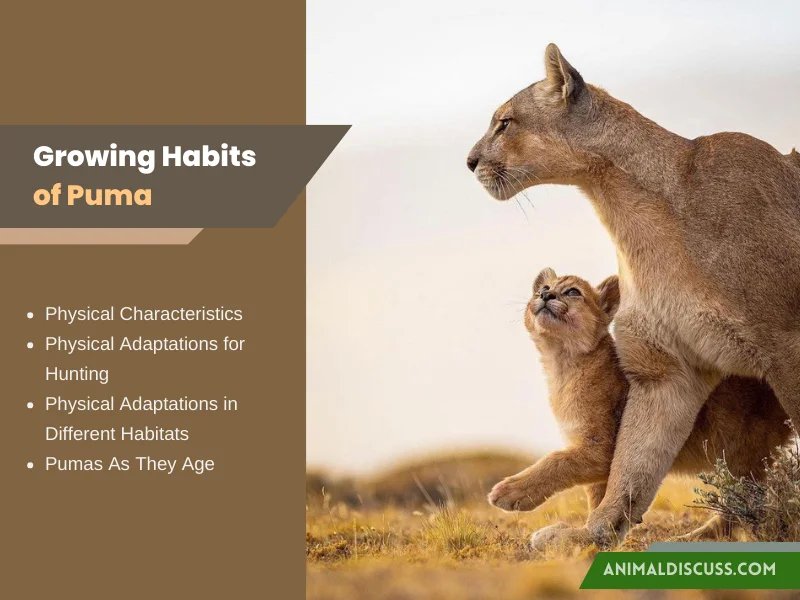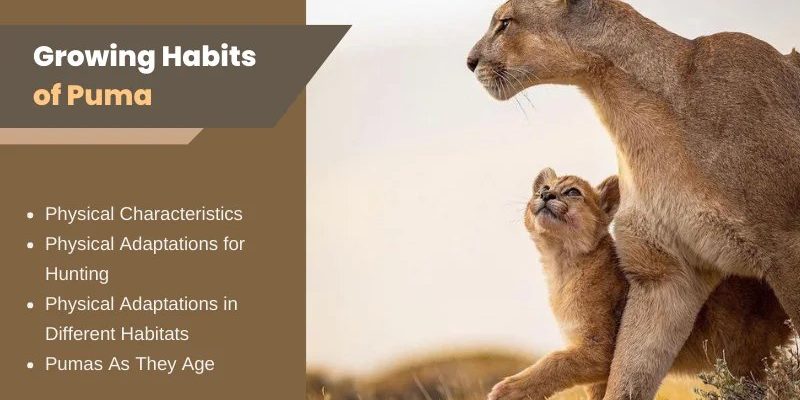
Imagine a puma as the clever student in a classroom full of wild animals. They learn quickly, make decisions based on their environment, and adapt their strategies to catch prey. In this article, we’ll dig into what makes pumas tick—looking at their cognitive abilities and behavior. By the end, you’ll have a better understanding of just how smart these big cats really are.
Understanding Puma Intelligence
When it comes to animal intelligence, pumas stand out in several ways. They have a remarkable ability to solve problems, which helps them adapt to various environments. Think of them like the clever kid who figures out how to get the best slice of cake at a birthday party without anyone noticing.
Pumas, like many big cats, have excellent memory skills. They can remember the locations of their hunting routes, find the best resting spots, and even recall the patterns of their prey. This memory helps them survive in the wild, where being able to remember where you found food is crucial.
Moreover, studies have shown that pumas can learn from their experiences, much like how we do. They can adjust their hunting tactics if they notice their usual methods aren’t yielding results. This flexibility is a key indicator of intelligence in the animal kingdom.
The Social Behavior of Pumas
Pumas are known for being solitary animals, which can make their social behavior quite interesting. While they don’t form large packs like wolves, they do have a social structure that involves communication with other pumas, particularly during mating seasons.
Communication comes in various forms, including vocalizations like growls and screams, as well as scent marking. By leaving their scent in certain areas, pumas can signal their presence to others. It’s much like leaving a note on the fridge to let everyone know you’re home.
Despite their solitary nature, pumas do understand the importance of territory. They often mark and defend their territory to ensure they have enough resources, which showcases their ability to strategize in a competitive environment. This territorial behavior is a clear sign of their intelligence and awareness of their surroundings.
Hunting Strategies: A Display of Intelligence
Pumas are skilled hunters, and their intelligence shines through in their hunting strategies. They use a combination of stealth, patience, and speed to catch their prey. Imagine a cat stalking a toy mouse—that’s a puma preparing to attack a deer or smaller animal in the wild.
They often rely on their ability to blend in with their environment, using natural cover to hide until the right moment to strike. Once they’ve selected a target, they use their strong hind legs for a powerful leap, often covering impressive distances. This ability to plan and execute a successful hunt is a true testament to their cognitive prowess.
Additionally, pumas might use different hunting techniques depending on the terrain. For instance, in dense forests, they may sneak through the underbrush, whereas in open areas, they might use their speed to outrun their prey. Adapting their methods based on the situation highlights their critical thinking skills.
Learning and Adaptability in Pumas
One of the most fascinating aspects of puma intelligence is their ability to learn from their environment. They are not just instinct-driven; they can adapt their behaviors based on experiences. For example, if a puma observes another animal getting startled by a specific sound, it might learn to avoid that noise in the future.
This adaptability isn’t just helpful for hunting; it also applies to avoiding danger. Pumas can remember locations that are risky or where they’ve encountered other predators, allowing them to navigate their ecosystems more safely. This learned behavior is something many animals rely on, but pumas seem particularly adept at it.
Young pumas typically stay with their mothers for about 1.5 to 2 years, during which they learn vital survival skills. Watching their mother hunt and interact with the environment teaches them essential life lessons. This period of learning underscores their intelligence, as they absorb information that will help them thrive independently.
The Role of Play in Cognitive Development
Play is not just for kittens; it serves an important role in the cognitive development of pumas too. Young pumas engage in playful behaviors that help them develop the skills they’ll need as adults. Think about it—what better way to learn how to hunt than by chasing and pouncing on each other?
Through play, pumas refine their coordination, agility, and strategic thinking. They practice stalking and jumping, which prepares them for the real thing when they’re hunting for food. This playful interaction is vital for their growth and demonstrates their intelligence as they learn through experience.
As they grow, the games may become more sophisticated, mimicking adult hunting techniques. This playful phase is essential for a young puma’s social and physical development, shaping them into effective hunters as they mature.
Pumas are not just beautiful creatures roaming the wild; they are intelligent beings with remarkable cognitive abilities. Their problem-solving skills, adaptability, social behaviors, and the importance of play all highlight a complex and fascinating mind.
When you think about how they navigate their territory, hunt for food, and learn from their experiences, it’s clear that pumas display a high level of intelligence. Understanding these aspects helps us appreciate them not only as apex predators but also as creatures capable of strategic thinking and learning.
Next time you come across a puma, whether in a documentary or at a zoo, remember that you’re looking at one of nature’s cleverest cats. Let this knowledge deepen your admiration for these magnificent animals and their place in the wild.

